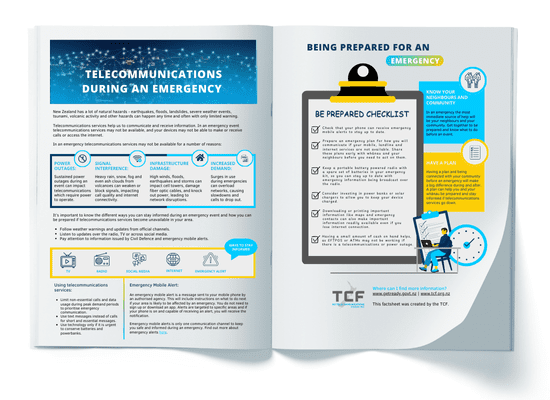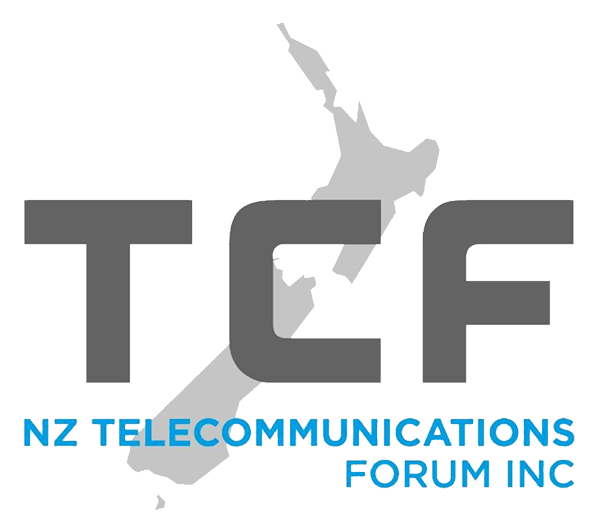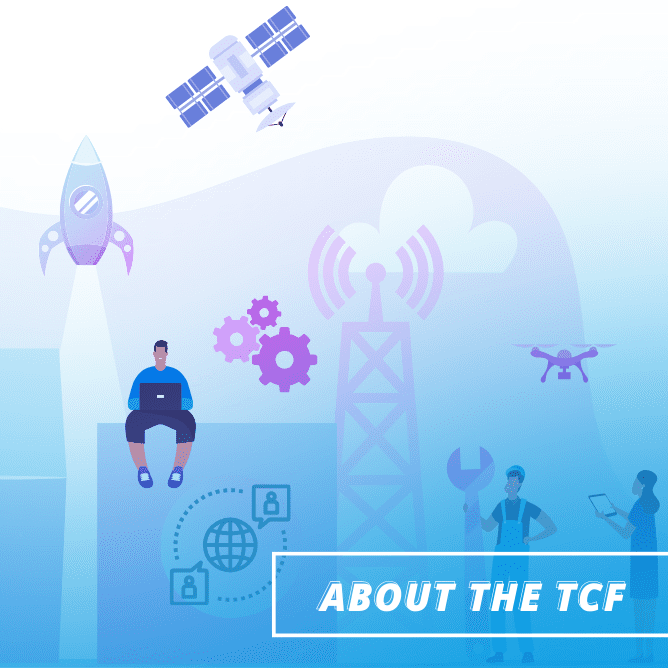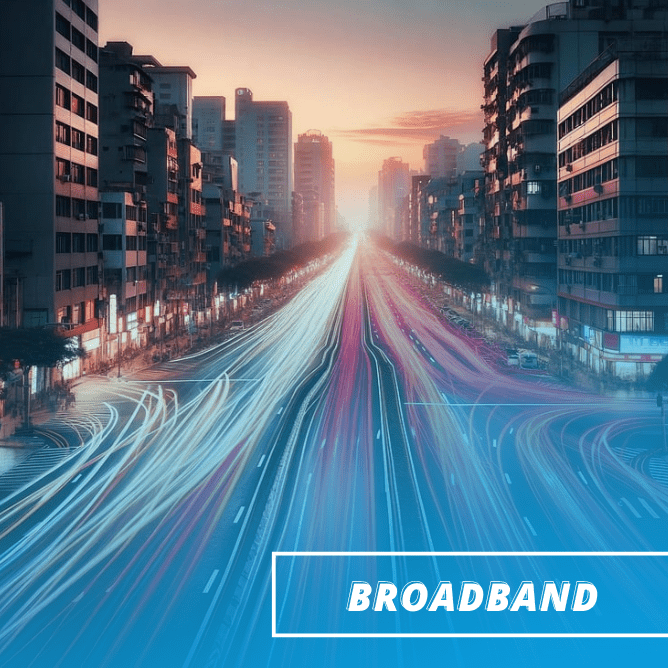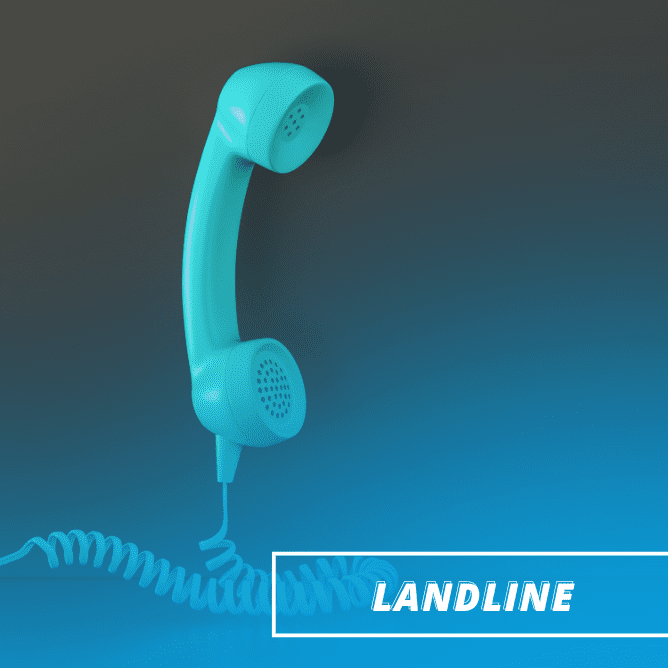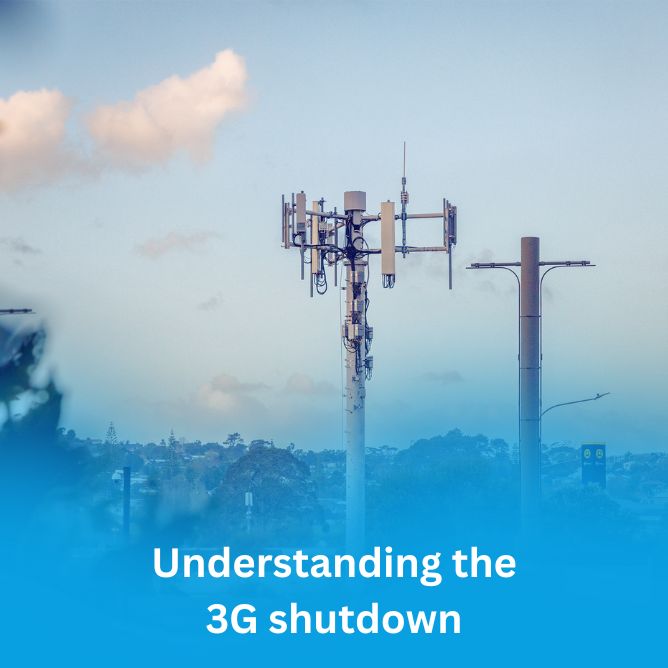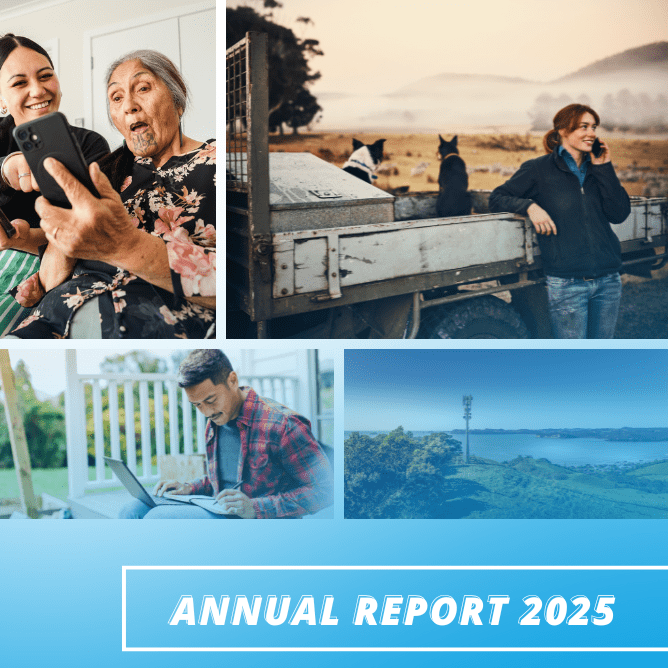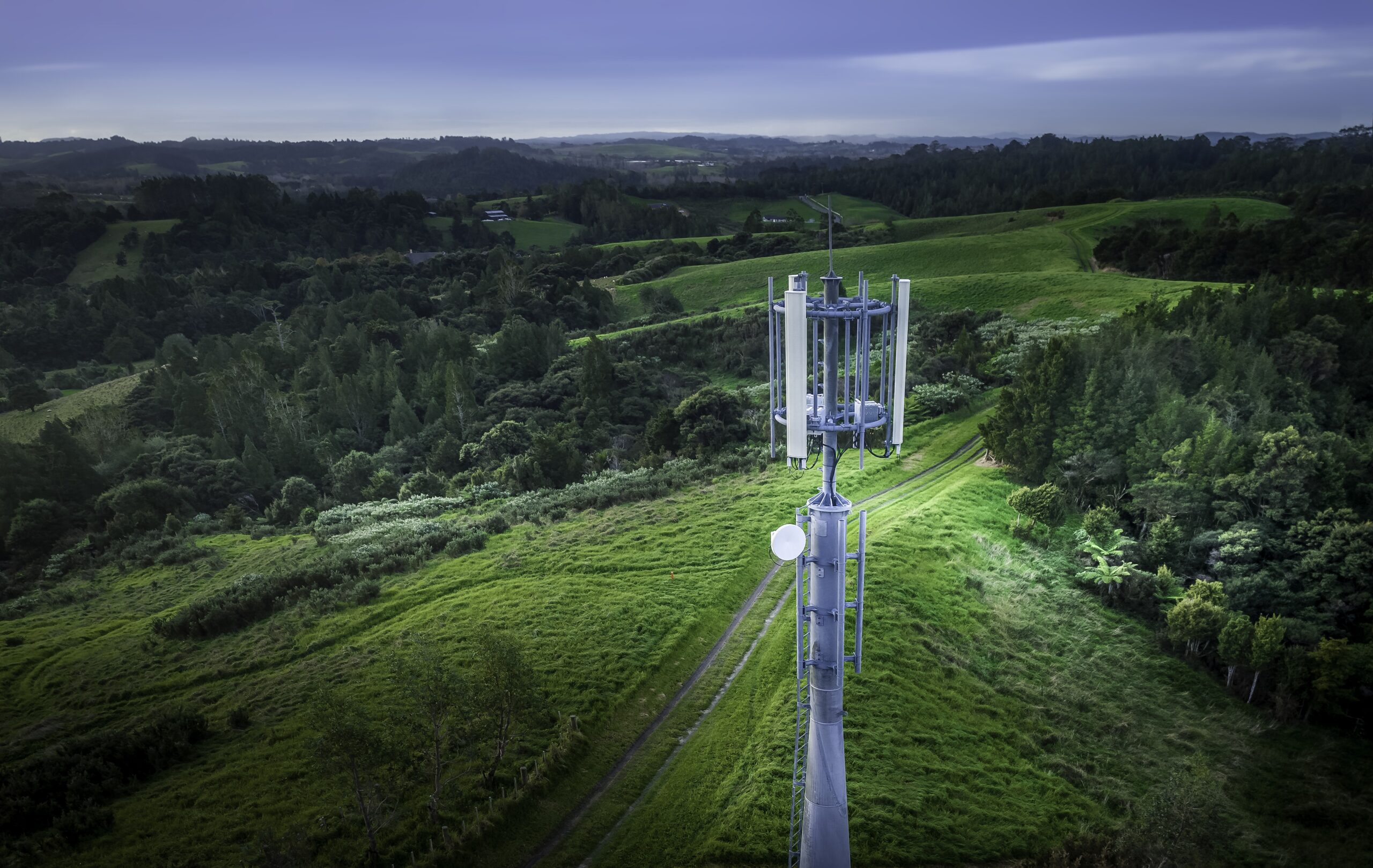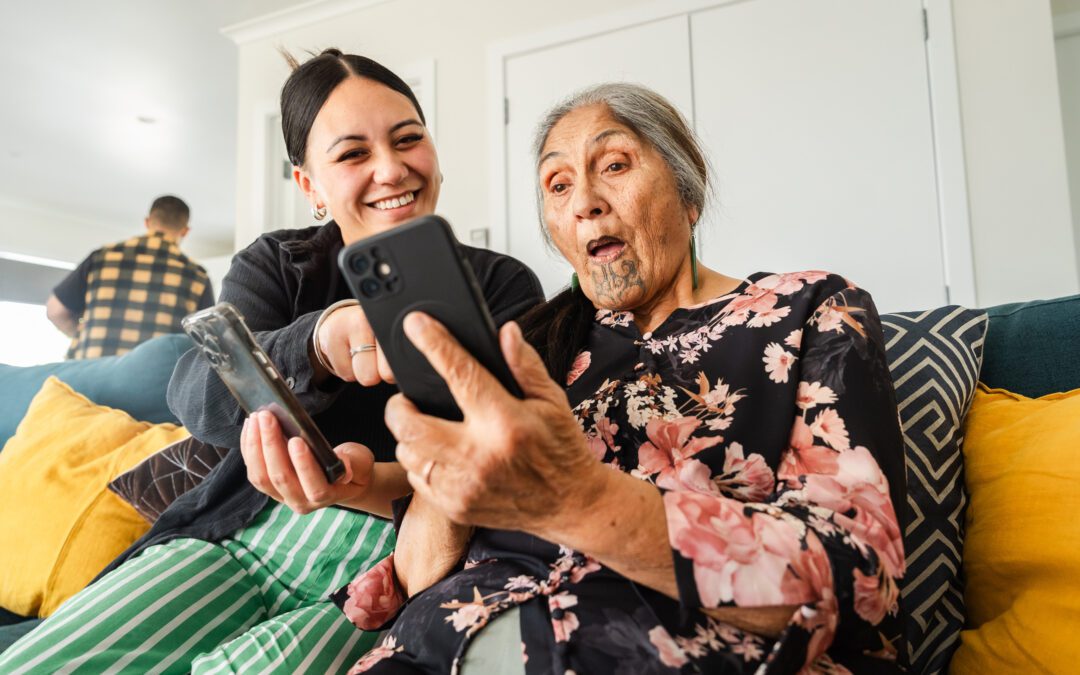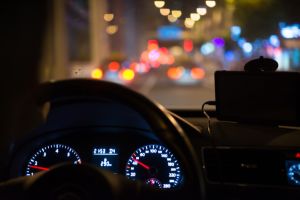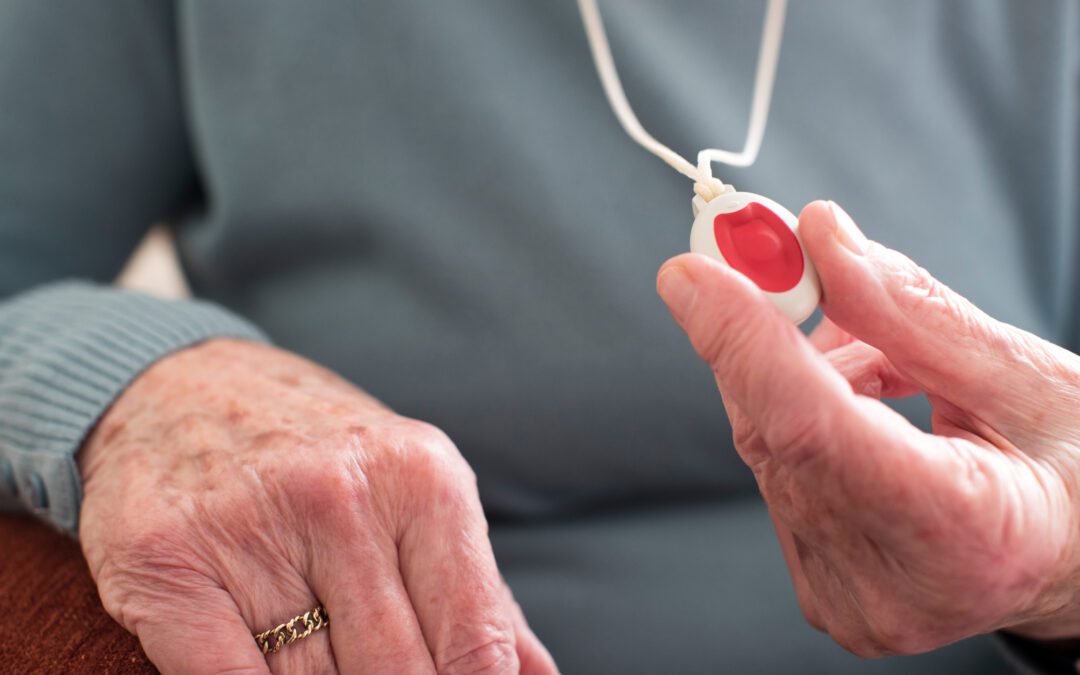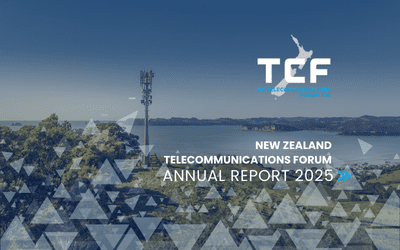Have you ever watched an old film from before the advent of mobiles and seen the hero pick up the curly-cord telephone to call for help only to find the line is dead?
“Hello? Hello? Dammit, the line’s been cut!” he would enthuse.
That was always par for the course with landline phones and it’s the same scenario with modern technology including fibre and mobile networks.
In a major event, whether it’s a natural disaster like an earthquake or a severe storm as we’ve seen this week in the Nelson Tasman region, you may lose the ability to make phone calls and that includes to the emergency services.
There seems to be a belief that 111 calls are somehow carried on a separate network or have some kind of magical ability to work even when our networks are down. No network means no calls and that’s the way it’s always been.
Emergency calling is given priority over the networks and if your mobile network is showing no bars for any reason you should still try to make that call as it will be carried by one of the other mobile networks if they are operational. A 111 emergency call will also connectover Wi-Fi if you have Wi-Fi calling enabled on your mobile phone and can connect to a Wi-Fi network.
But when all fixed line and mobile networks are down you won’t be able to make any calls, or send any text messages, or connect to the internet.
The telco sector can’t build a network that will never fail. It is inevitable that at some point the lines will be cut, the power will go off or some similar problem hit the networks. Our model is one of fast restoration – get service back up and running as quickly as possible.
This means coordinating with our teams and Civil Defence on the ground and NEMA (National Emergency Management Agency) personnel, engaging with power companies around restoration plans, and ensuring our primary customers are given priority. Hospitals and emergency services are brought back up first and then we work on everyone else. Often this all happens at the same time but sometimes we will prioritise getting 111 to as many customers as possible ahead of ensuring customers of all three mobile operators are reconnected at the same time. This may mean only one mobile network is livened on a tower at a time while the others work on their areas, ensuring that people can connect 111 calls no matter which network they’re subscribed to.
Customers must prepare for no connectivity over a period of time during an emergency event. Having a plan and being connected with community before an emergency will make a big difference during and after. Our factsheet sets out how consumers and their whānau can be prepared and stay informed if telecommunications services go down.
Because the telco sector is made up of four different technologies the chances of a total loss of connectivity is relatively low. Each technology has its strengths and weaknesses and each one complements the others so hopefully we have as much connectivity as possible across the board.
New Zealand has four network technologies are mobile, fibre, fixed wireless and satellite. You’ll notice copper isn’t in that list and there are good reasons for that. It’s not very resilient, is susceptible to water inundation and so breaks easily. Copper takes longer to repair than other technologies and is expensive to maintain. As a result, Chorus is phasing out all copper lines by the end of the decade in favour of more resilient network technologies.
The addition of satellite technology to our mix is proving to be incredibly useful, especially in terms of resilience. If ground-based networks are out of action – due to an an emergency event – having a device that can communicate via satellite is a game changer in terms of providing resilience. Satellites are not prone to the same level of impacts as ground based infrastructure so will continue operating when other networks might not.
Satellites do still rely on power supply of course, and they do need fibre connectivity – something which surprises a lot of people. The signal from each satellite typically comes down to an earth station which then sends the data out via fibre to a transmitting site. Loss of power or loss of connectivity here means the satellite has nothing to talk to and your call won’t get through.
Satellites also don’t have the same capacity as fibre so in terms of delivering large volumes of traffic they’re not in the same league. But as a back up solution they are tremendously important and over the next few years will become increasingly better at keeping us connected.
Telecommunications is an essential service, an enabler of the economy and an important part of how we live our lives. When the connection is cut it can be quite shocking to those who aren’t expecting it.
Our goal is to minimise that down time and get people reconnected as quickly as we can. We work to ensure next time round we work even faster to reconnect customers and that we bring that resolution time down from days to hours.
Check out our factsheet to find out more about how you can get prepared.
TCF Factsheet – Communications During an Emergency
